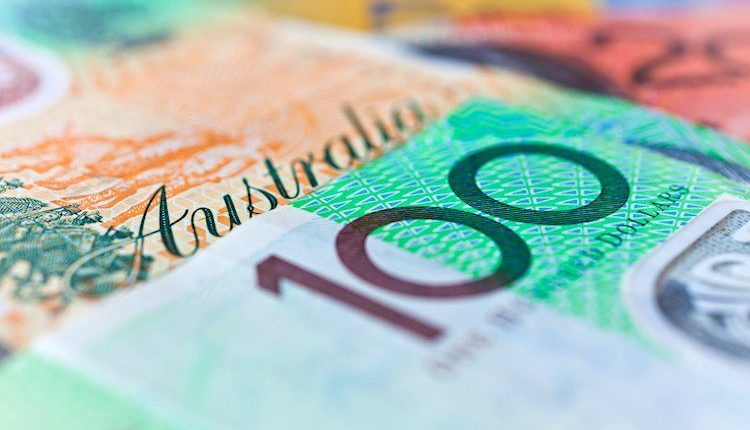- AUD/USD recovers from 0.6318 to trade around 0.6330s, up 0.22%.
- US core PCE at 3.7% YoY, below August’s data, with general inflation at 3.4%, in line with forecasts.
- Australian inflation above 5%, increasing the likelihood of another RBA rate hike in the near term.
AUD/USD bounces off daily lows reached at 0.6318 and aims higher, registering gains of 0.22%, after economic data from the United States (US), although showed prices remain elevated, failed to shift speculations for additional rate hikes. At the time of writing, the pair exchanges hands at around 0.6330s.
Pair gains ground despite elevated US prices and potential for further RBA rate hikes
Inflation data in the US, as shown by the US Bureau of Economic Analysis (BEA), revealed the core Personal Consumption Expenditures (PCE), which the Fed uses as the primary reference for gauging inflation, rose by 3.7% YoY, below August’s data aligned with estimates, while general inflation remained unchanged compared to August’s 3.4%, aligned with forecasts. Even though inflation has slowed, the PCE has shown signs of bottoming around 3.4-—3.5%, indicating that inflation remains stubbornly above the Fed’s 2% goal.
Recently, the University of Michigan (UoM) Consumer Sentiment on its final reading for October came at 63.8 above forecasts but deteriorated compared to August, while inflation expectations were upward revised from one year, from 3.8% to 4.2%. For the mid-term, inflation is expected at 3%, as foreseen.
On the Aussie front, the latest inflation report witnessed prices standing above 5%, increasing the odds for another rate hike by the Reserve Bank of Australia. The ASX RBA rate tracker projects a 47% chance for a 25-bps rate hike at the upcoming monetary policy meeting.
Notably: On the geopolitical front, AP reported that Israeli ground forces are expanding activity in Gaza, which could shift market sour, and weigh on the AUD/USD pair.
AUD/USD Price Analysis: Technical outlook
The daily chart portrays the AUD/USD formed a hammer, from which prices had bounced toward the current exchange rate. However, if buyers want to regain control, they must clear the 50-day moving average (DMA) at 0.6394, ahead of the 0.6400 figure. The next resistance would be the October 11 high of 0.6445, but it would remain shy of the latest cycle high of 0.6522. Conversely, if AUD/USD stays beneath 0.6400, that would keep the downtrend intact, and sellers could threaten to push prices past the current year-to-date (YTD) low of 0.6270. Next support emerges at 0.66200.
Read the full article here

